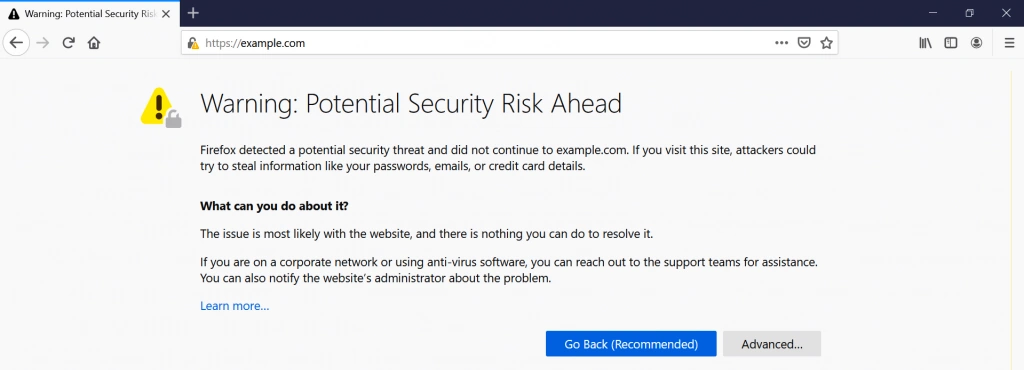Test the health of your website with our Security Checker.
“Mixed content” refers to the presence of content elements on a web page that are not delivered in a secure manner. This occurs when website content references resources with both secure (HTTPS) and non-secure (HTTP) links. Mixed content generates a bad user experience: Modern browsers can display security warnings when mixed content is detected, which can generate distrust and lead visitors to leave the website, increasing bounce rate and decreasing time spent on the site. Mixed content can also negatively affect website performance: Modern browsers often block unsafe content from loading, resulting in an inconsistent, slow and frustrating user experience. In addition, mixed content negatively affects a website’s SEO: Search engines, such as Google, give preference when indexing and ranking web pages that use secure connections (HTTPS), therefore, if a web page contains mixed content, its visibility in search results will suffer, affecting organic traffic and the ability to reach a wider audience. To solve the problem of mixed content and avoid negative consequences on SEO, it is essential to migrate the entire website to a secure connection (HTTPS). This involves updating all resources, such as images, scripts, stylesheets and links, to load over HTTPS instead of HTTP. It is also important to ensure that internal and external links are updated to avoid any references to unsecured content. Maintaining a fully secure website improves the results it delivers to the organization.


